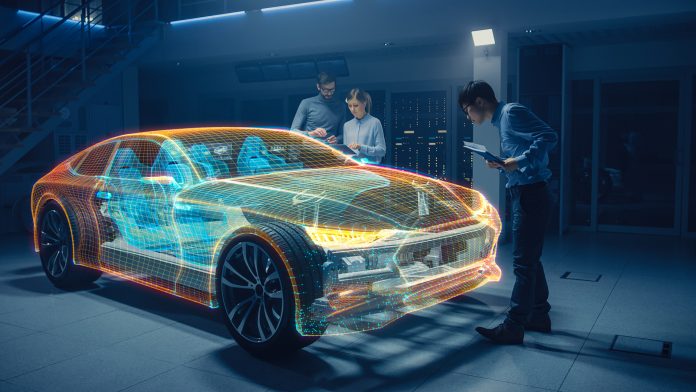The Future of Automotive Innovation: What to Expect in the Next 10 Years

The automotive industry is undergoing a rapid transformation, driven by advances in technology, environmental regulations, and changing consumer preferences. As we look toward the next decade, several key trends are expected to shape the future of transportation and mobility.
1. Electric Vehicles (EVs) Take Over
One of the most significant shifts is the move from internal combustion engines to electric powertrains. Major automakers like Tesla, Ford, GM, and Volkswagen are investing billions into EV production. Governments around the world are also offering incentives to buyers and setting deadlines to phase out gas-powered vehicles. By 2035, EVs are expected to dominate new car sales in many regions.
2. Autonomous Driving Technology
Self-driving cars are no longer a fantasy. Companies like Waymo, Tesla, and Apple are testing autonomous vehicles that use AI, sensors, and advanced mapping systems. Although full autonomy is still under development, features like adaptive cruise control, lane-keeping assist, and automatic emergency braking are already standard in many modern cars.
3. Connected Cars and Smart Features
Cars of the future will be more connected than ever. From real-time traffic updates to remote vehicle diagnostics and voice-activated controls, these smart features are enhancing user convenience. 5G technology will further improve vehicle-to-vehicle (V2V) and vehicle-to-infrastructure (V2I) communication, reducing accidents and optimizing traffic flow.
4. Sustainability and Eco-Friendly Materials
Environmental awareness is pushing automakers to adopt sustainable practices. Recycled materials, vegan leather interiors, and reduced manufacturing emissions are becoming standard. Brands like BMW and Volvo are leading the way by pledging to make their production carbon neutral.
5. Shared Mobility and Subscription Models
The idea of car ownership is shifting. Ride-sharing platforms like Uber and Lyft, along with vehicle subscription services, are providing flexible and affordable alternatives. This shift is especially appealing in urban areas where parking and traffic are major issues.
6. Advanced Safety Features
Safety remains a top priority. New models are equipped with AI-based safety systems that can detect drowsiness, monitor blind spots, and even take control during emergencies. These advancements are expected to drastically reduce accidents and save lives.
Conclusion
The next decade promises an exciting journey for the automotive world. Whether it’s electric mobility, autonomous driving, or sustainable production, innovation is at the wheel. For consumers, this means smarter, safer, and more sustainable choices on the road ahead.